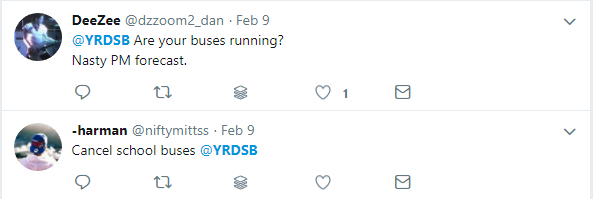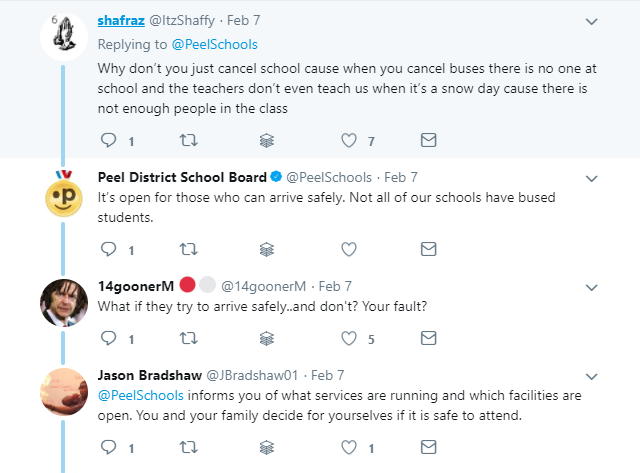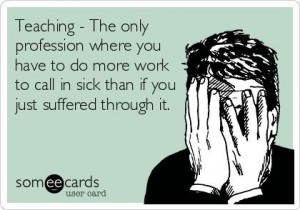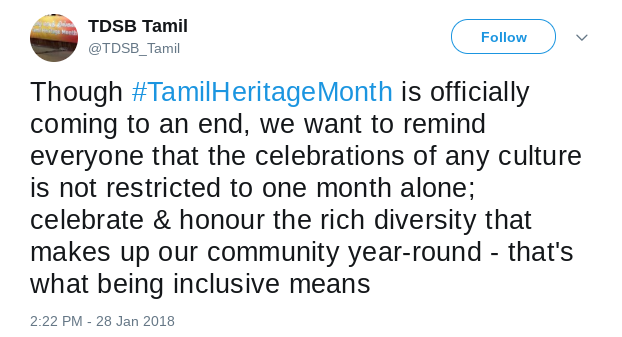This is part 2 to The decisions. It centres around snow days and bus cancellations and how they can affect our entire learning community.
A few years ago, I was teaching at an FI school only 5 minutes walk from my house. One day, a massive snow storm hit and all of the busses were cancelled. As is often common in French Immersion, most our students came to school on one of 12 busses. Of the 25 students in my grade 6 class, 23 were in attendance despite transportation being cancelled. Kudos to their families for bringing them to school and then braving the weather to get to their own obligations.
We put on a YouTube video of a crackling fireplace for our reading time. With so many students braving the elements, the focus shifted away from what was planned towards what was possible. We celebrated with a Math quiz, a long conversation over a text, and Genius Hour (future post). Sure the schedule was altered, but learning was front and centre all day. We had an awesome time which brought our class closer together. Perhaps it’s not like that everywhere?
Think about the stress an event like this causes everyone. Parents have decisions to make about child care, after care, staying home, or leaving a child who is old enough at home. Then there’s the commute which is now clogged with others also heading to schools while dreading the drive and distance to their own work, knowing they will be turning back around to pick their child(ren) up at school in less than 6 hours.
For our amazing caretakers, it means suiting up for another battle against winter. Snowblowers are fired up along with hand shovels – all tasked with clearing the sidewalks and paths to any portables against biting winds and dreadful drifting conditions. Once that’s done, on the inside, there are the soaked carpet runners, puddles of melted snow, and slippery staircases to contend with along with their regular day of non-stop work. 
For teachers and admin it might mean the juggling of schedules or collapsing a class into another to help a teacher who might be caught in traffic or could make it in, but has reported to the nearest school that day. Snow days quickly become times when everyone works to get things done even when one key component(busses) is missing on the day. This also comes with its share of people in different phases of happiness. Office staff work feverishly to dig out from under their own avalanche of absence calls and attendance issues.
With the change to routines, some students arrive to school in a heightened state of anxiety. Maybe they were rushing to get ready or had to listen to an adult expressing anger about the additional hassle to a snow day bus cancellation causes their schedule? Whatever the reasons, it is always a good idea to take an extra patient approach with students on these days. I like to start with some social discussions, games, and inclusion activities to get everyone smiling and on the same page. Once everyone is warmed up, the day is open for limitless possibilities. And isn’t that what
And to think all of this takes place between 6 am and 9 am in school boards across Ontario every time Mother Nature decides to stir up a storm, and a decision has to be made.
I hope you enjoyed this post. Please share your snow day stories and comments below to keep this conversation going. Thank for reading. Stay warm and safe as you journey to and from school.







